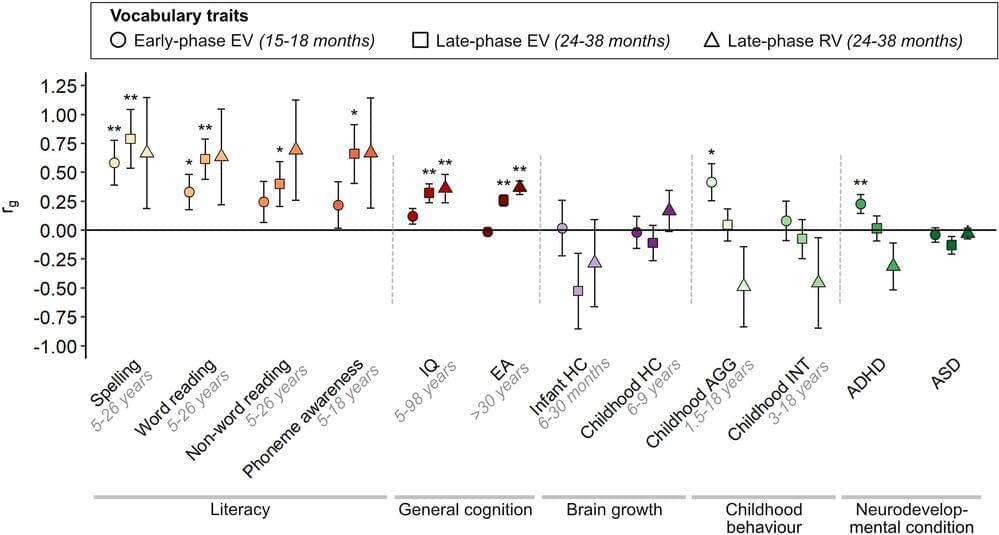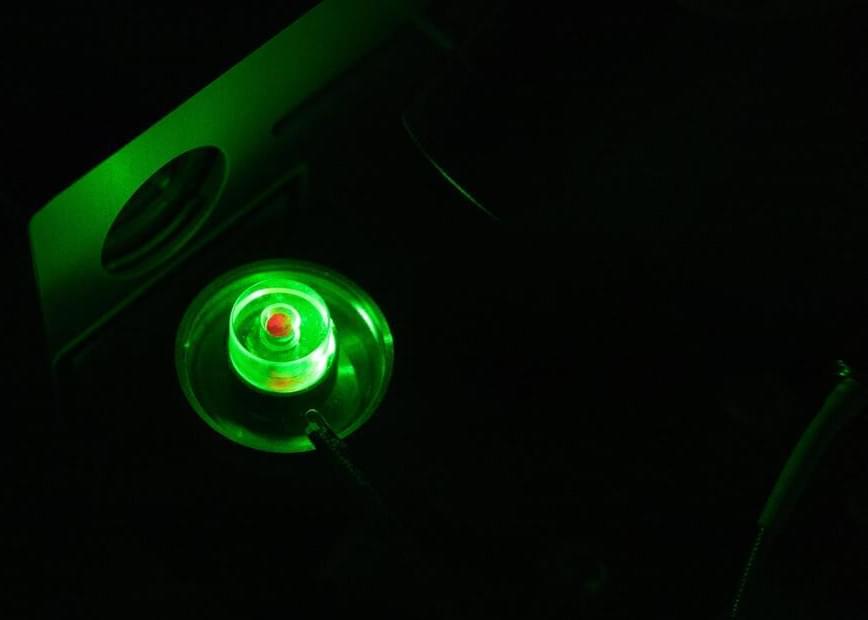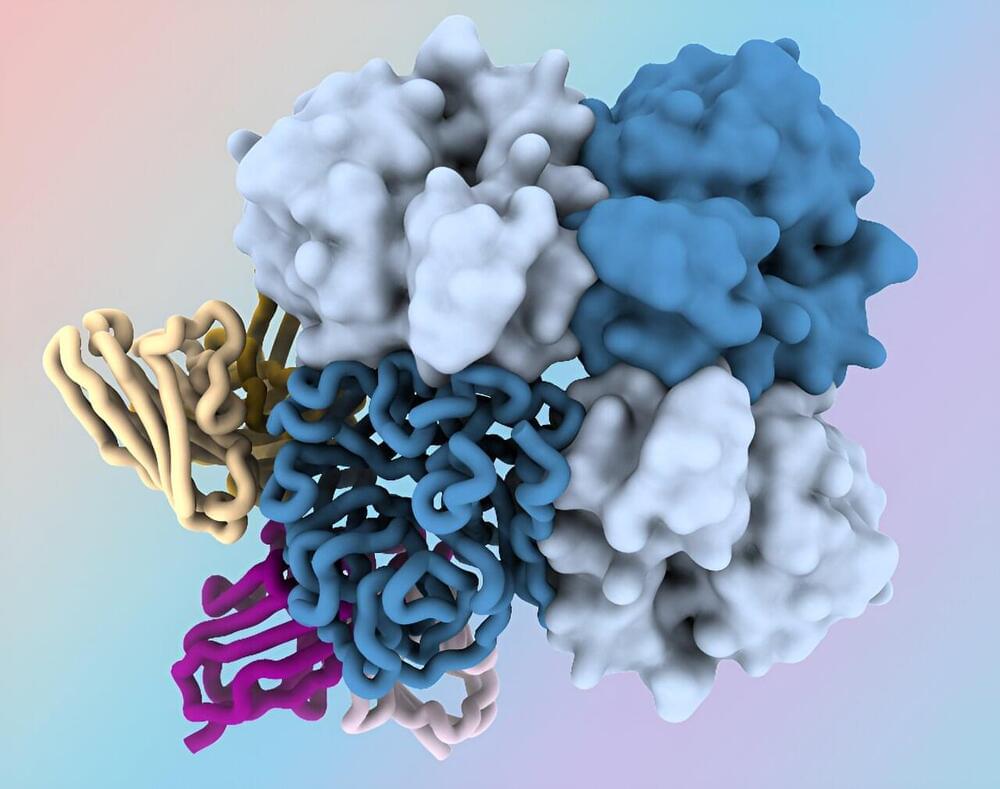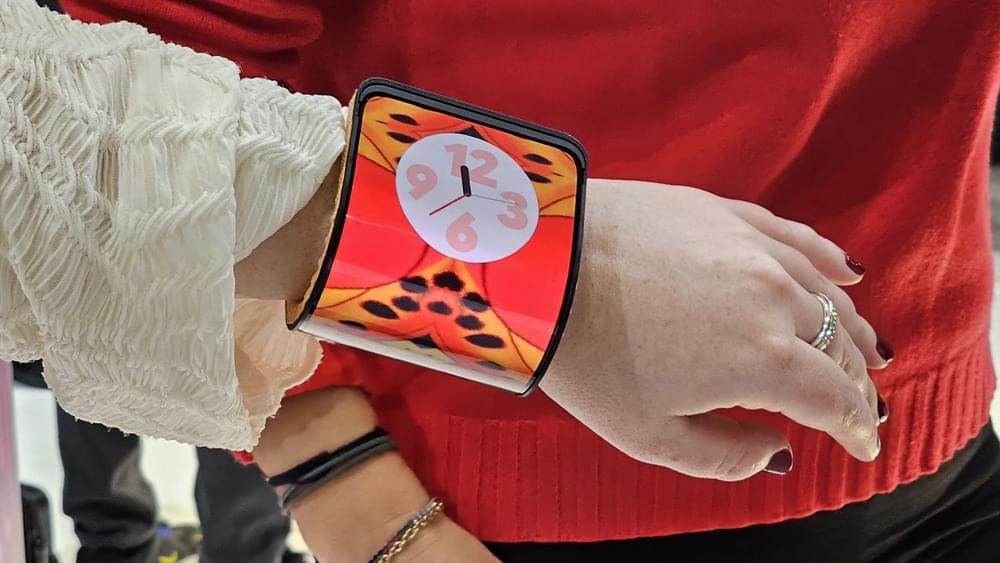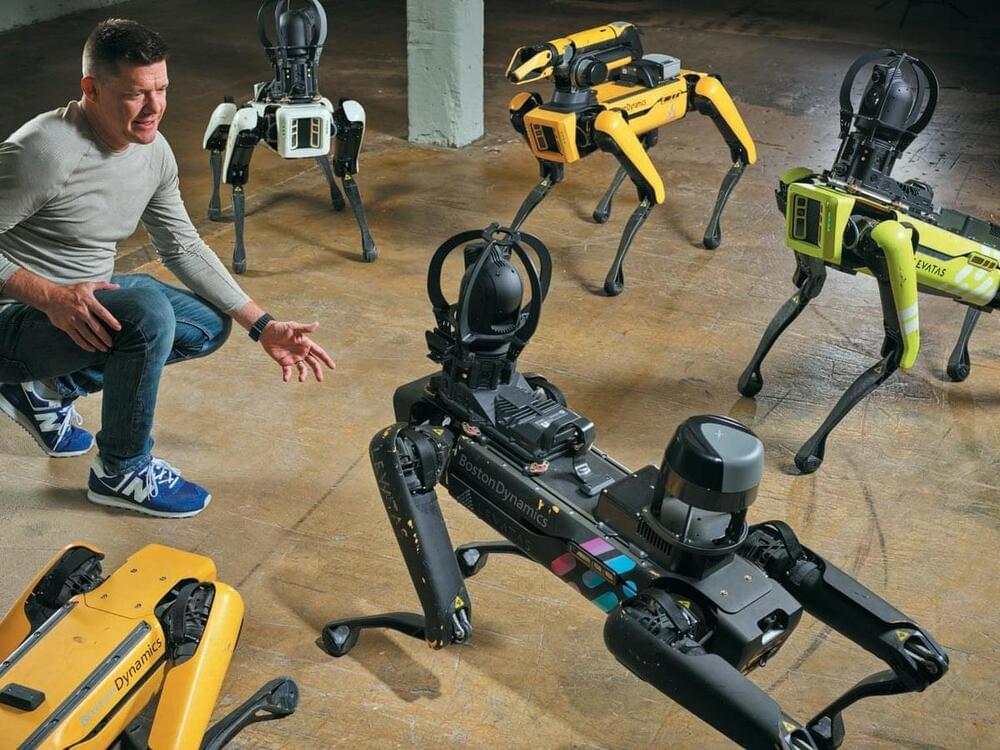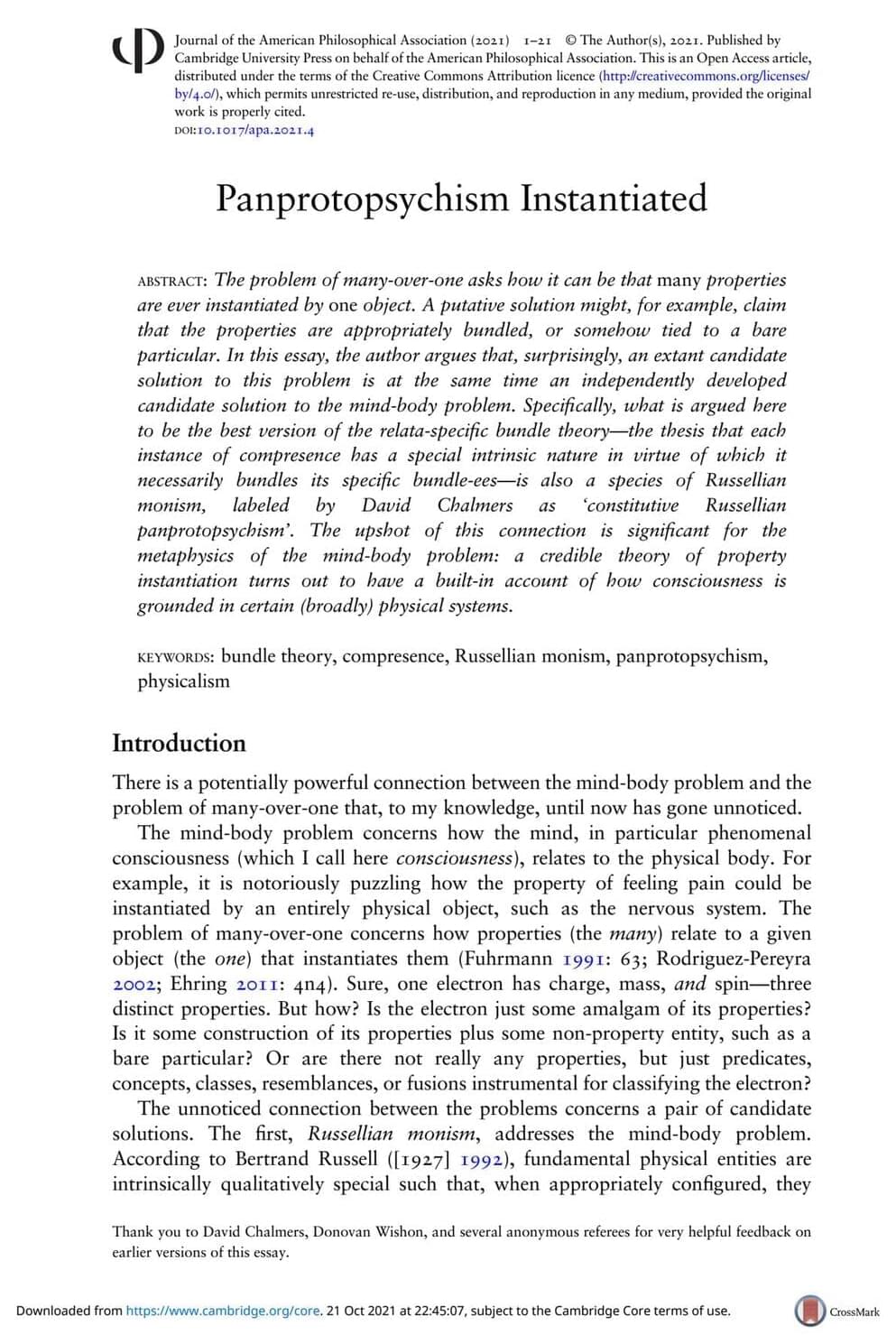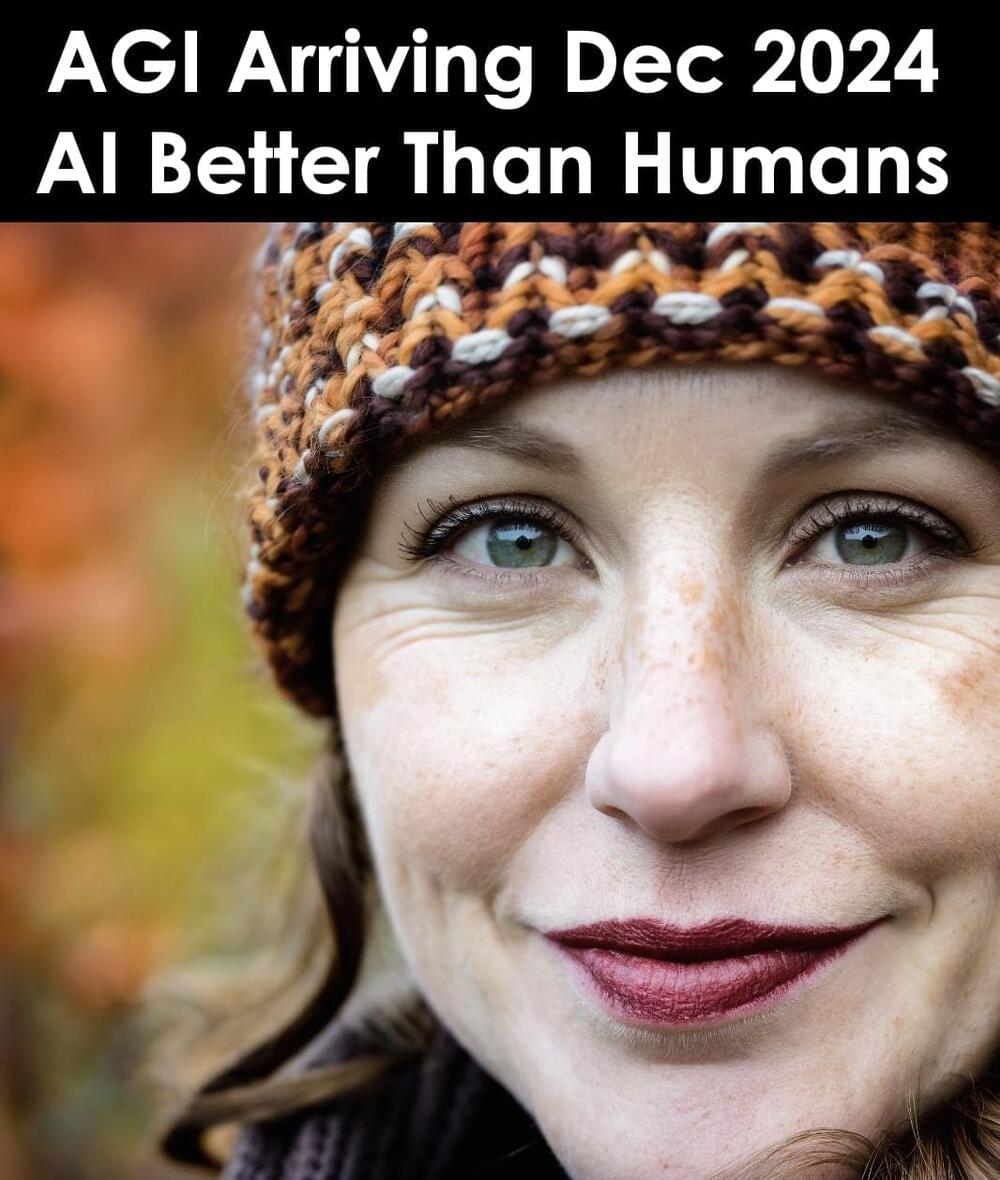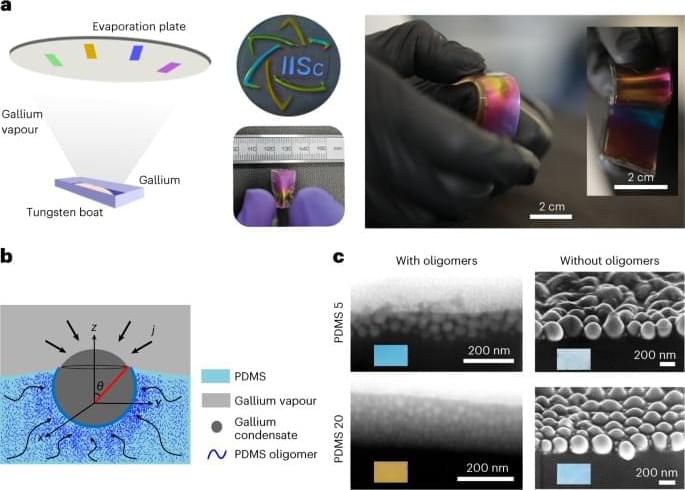Early language development is an important predictor of children’s later language, reading and learning skills. Moreover, language learning difficulties are related to neurodevelopmental conditions such as attention-deficit/hyperactivity disorder (ADHD) and autism spectrum disorder (ASD).
Children typically start to utter their first words between 10 and 15 months of age. At around two years of age, they may produce between 100–600 words, and understand many more. Each child embarks on its own developmental path of language learning, resulting in large individual differences. “Some variation in language development can be related to variation in the genetic code stored in our cells,” says senior researcher Beate St Pourcain, lead scientist on the study.
